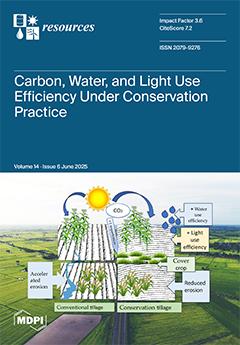Green coffee bean extracts (GCBEs) represent a promising alternative to improve ground beef’s microbial and oxidative stability. This study evaluated the content of bioactive metabolites, the antimicrobial and antioxidant activity of extracts obtained from GCBE with different solvents (W, water; E, ethanol; WE, water–ethanol), in comparison to textured soy protein extract (TSPE), and their effect on the microbial and antioxidant stability of meat homogenates. The results showed that the extraction solvent significantly affected the yield and metabolite content (
p < 0.05), with GCBE-W and TSPE-WE as the highest performers (>20% by both). GCBE-E presented the highest (
p < 0.05) tannin value (19.13 mg/100 g), while GCBE-W and GCBE-WE showed the highest (
p < 0.05) flavonoids and chlorogenic acid content (1.19 and 11.20 mg/100 g, respectively). Regarding antimicrobial activity, GCBE-WE showed the highest (
p < 0.05) inhibition against
Staphylococcus aureus and
Escherichia coli (31.11% and 41.94% of inhibition, respectively). In comparison, GCBE-E and GCBE-WE were significantly effective (
p < 0.05) against
Listeria monocytogenes and
Salmonella typhimurium (44.79% and 31.25% of inhibition by both, respectively). Regarding antioxidant activity, GCBE-E and GCBE-WE presented the highest (
p < 0.05) DPPH inhibition (92.79% by both), as well as the highest reducing power values (1.40 abs and 173.28 mg Fe
2+/g by both). GCBE-WE significantly reduced (
p < 0.05) the microbial load after heating in meat (1.21 log
10 CFU/g), while GCBE-E and ASC showed the lowest (
p < 0.05) pH values (5.74 by both). Furthermore, incorporating the extracts GCBE-E, GCBE-WE, and TSPE significantly reduced (
p < 0.05) lipid oxidation (40, 45.71, and 48.57%), and affected (
p < 0.05) color parameters. These findings suggest the potential of GCBEs as natural additives in the meat industry.
Full article





